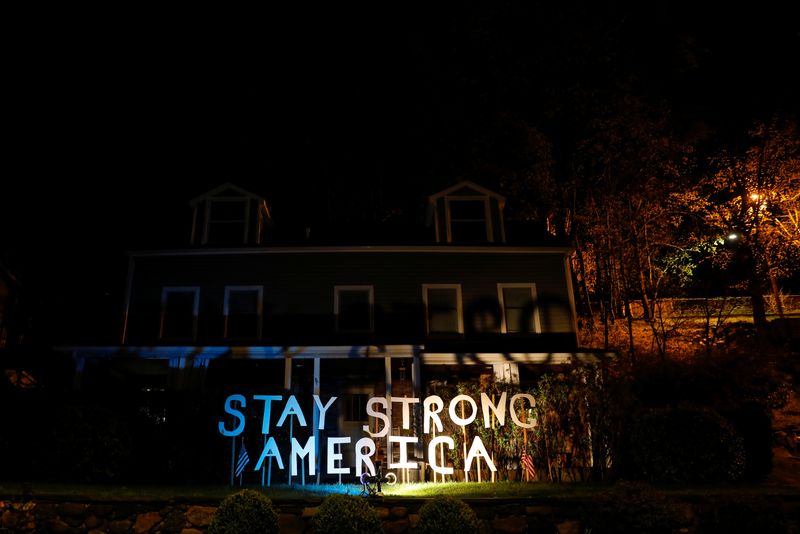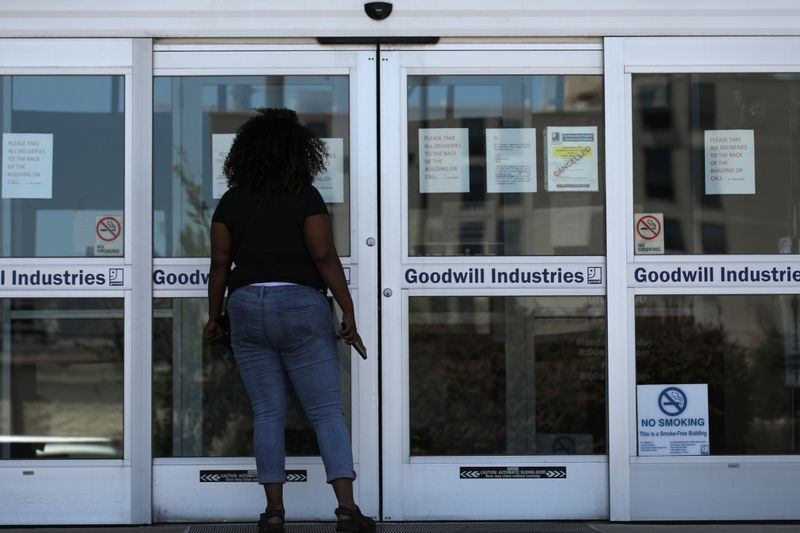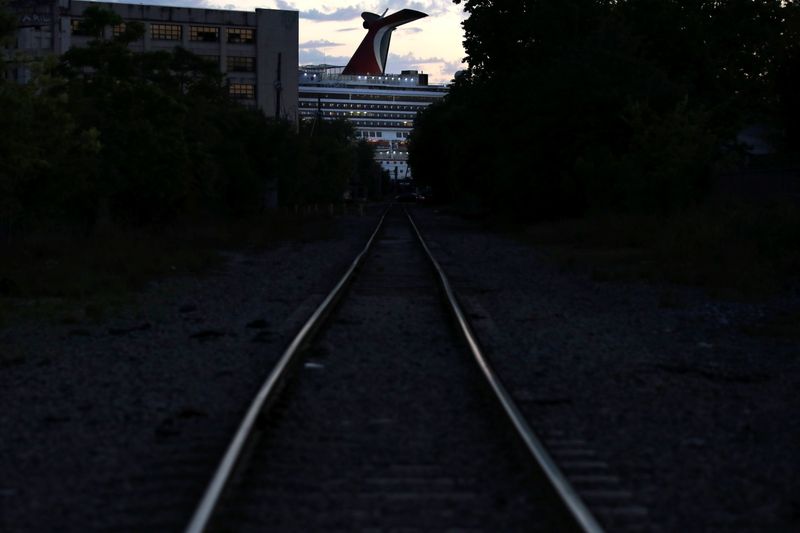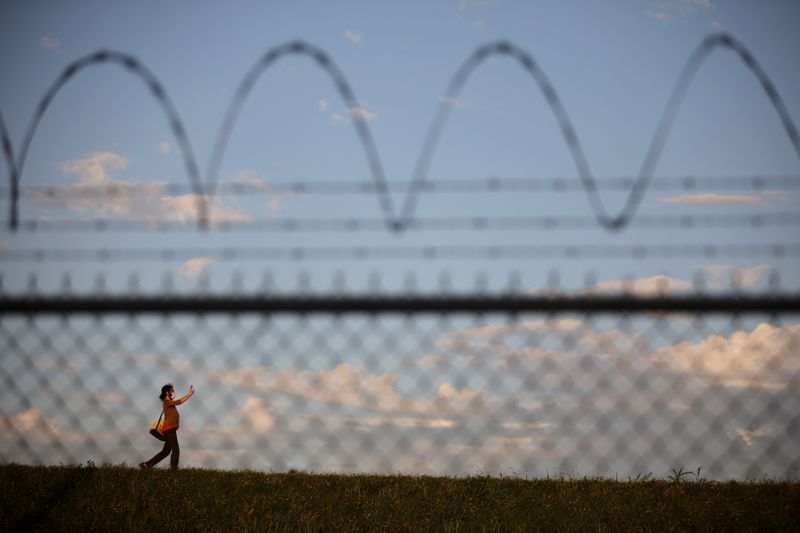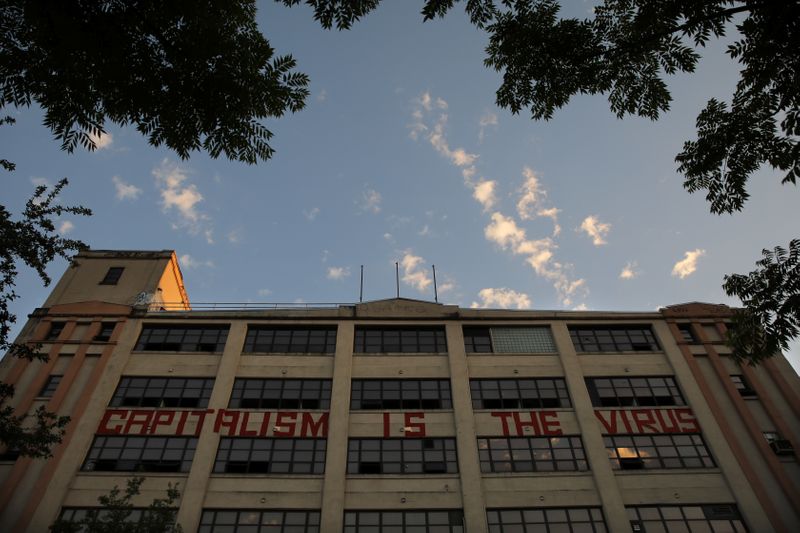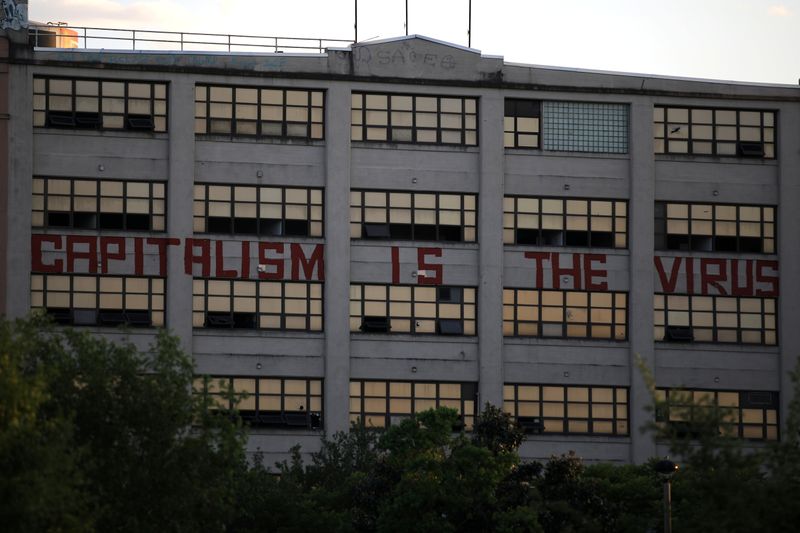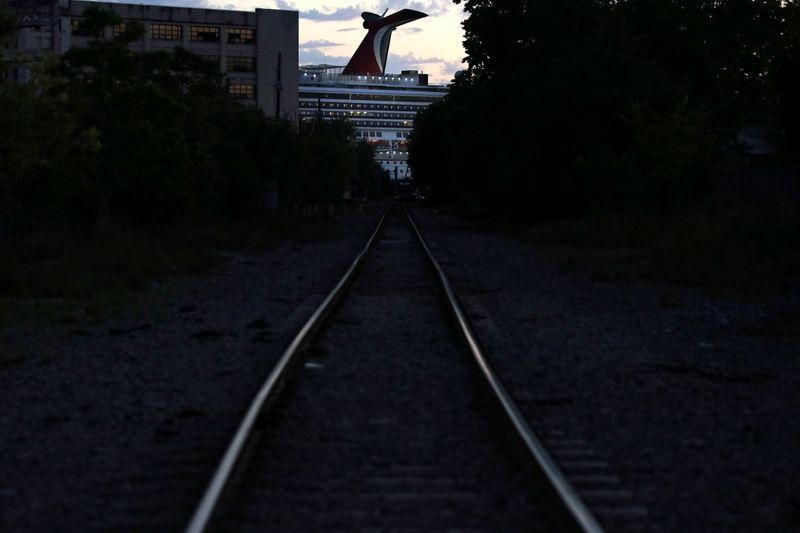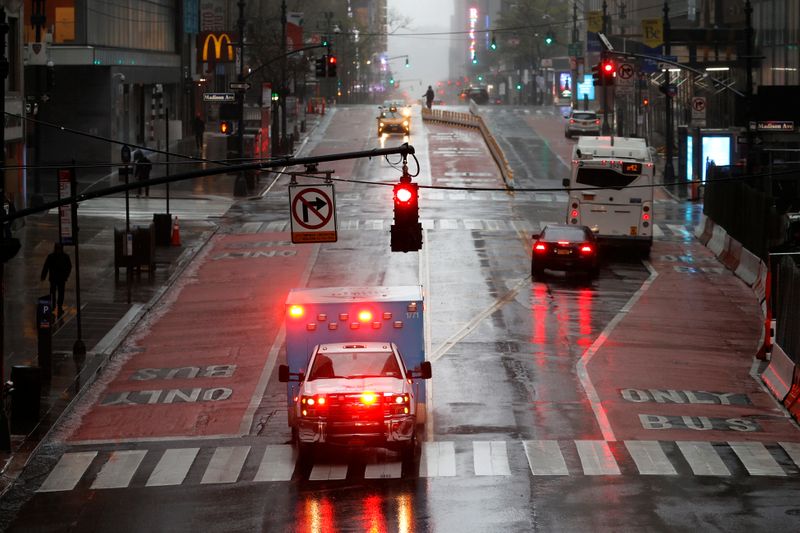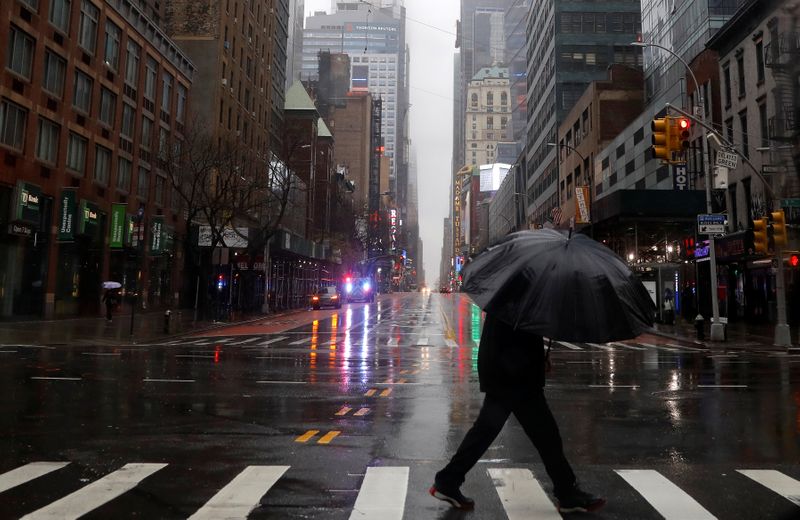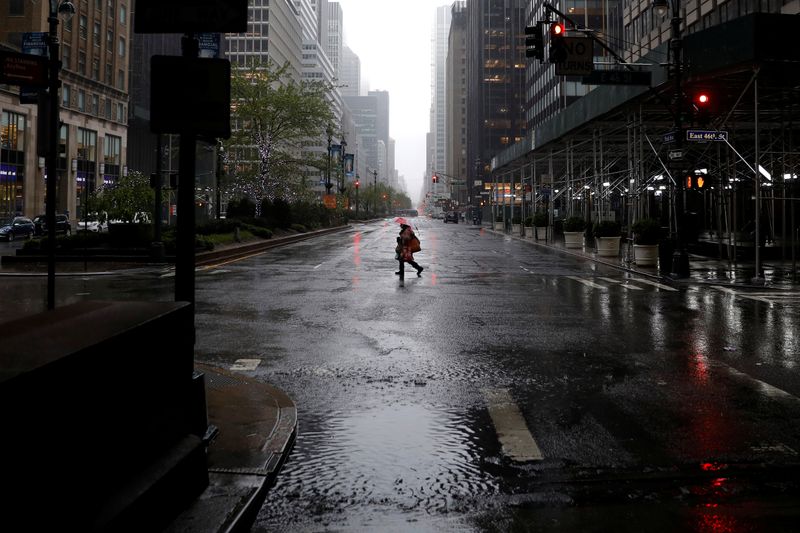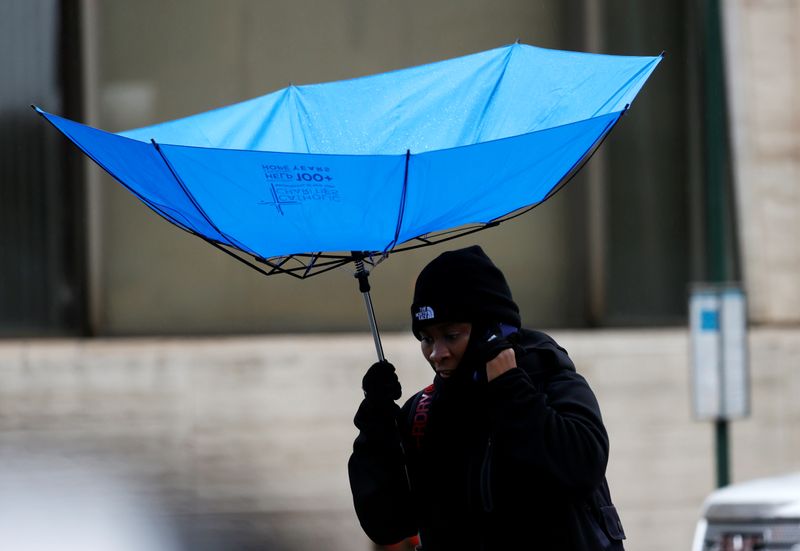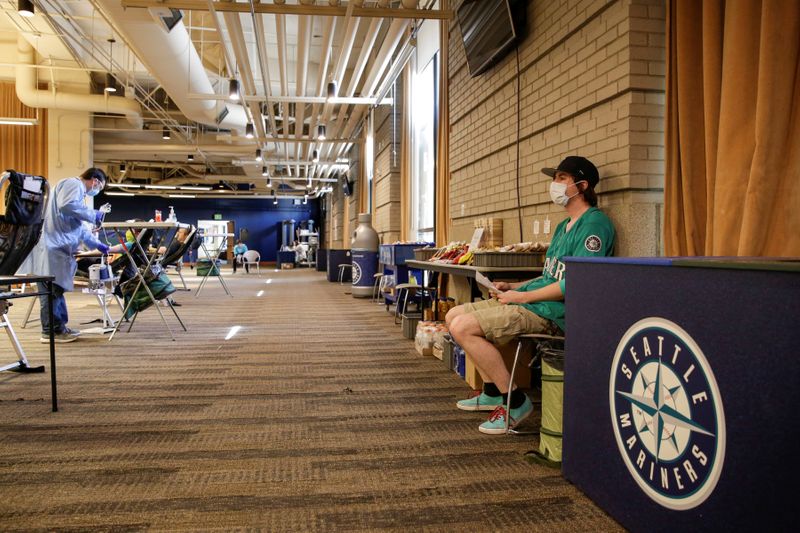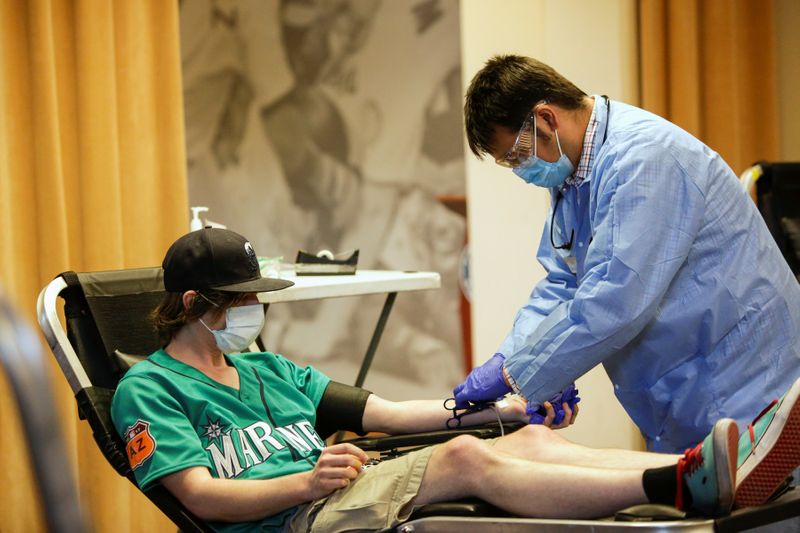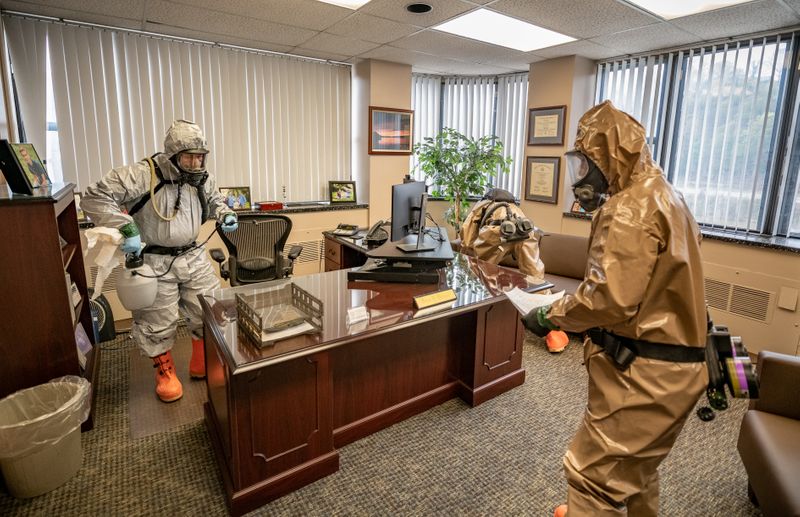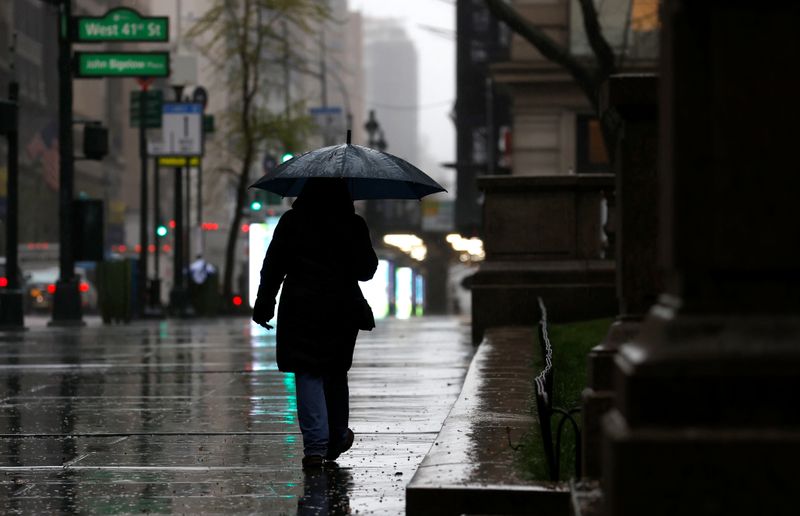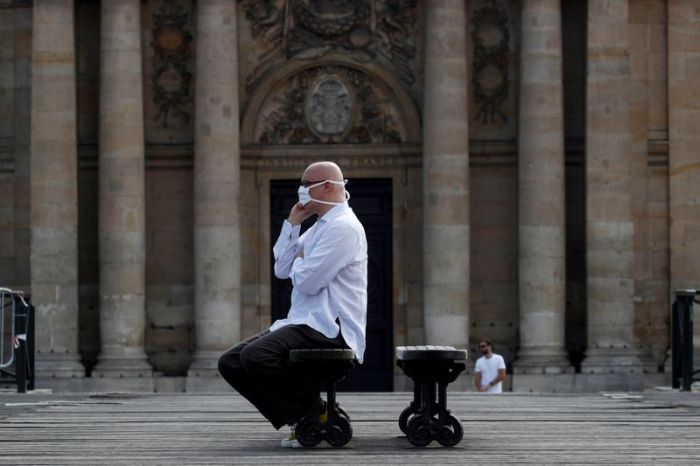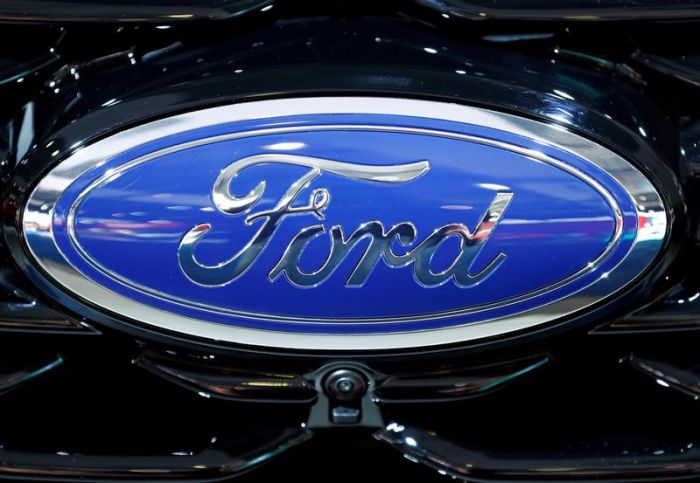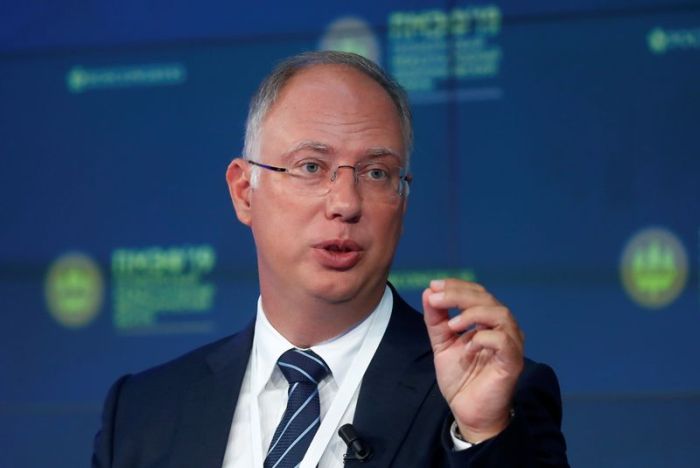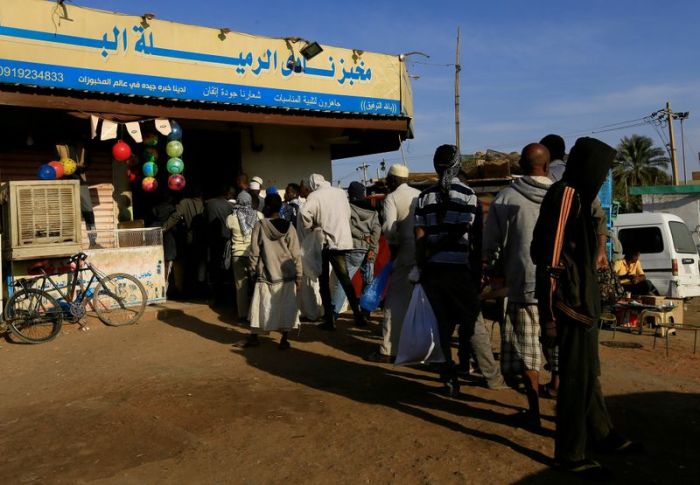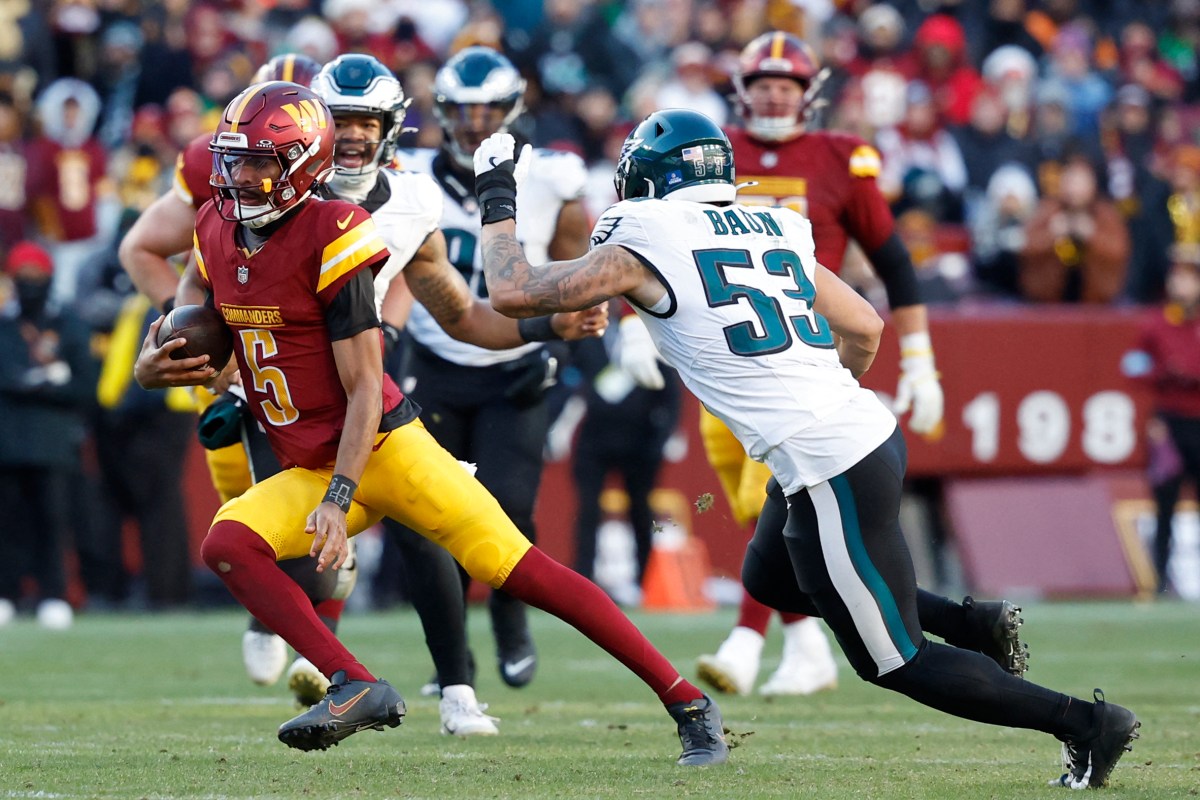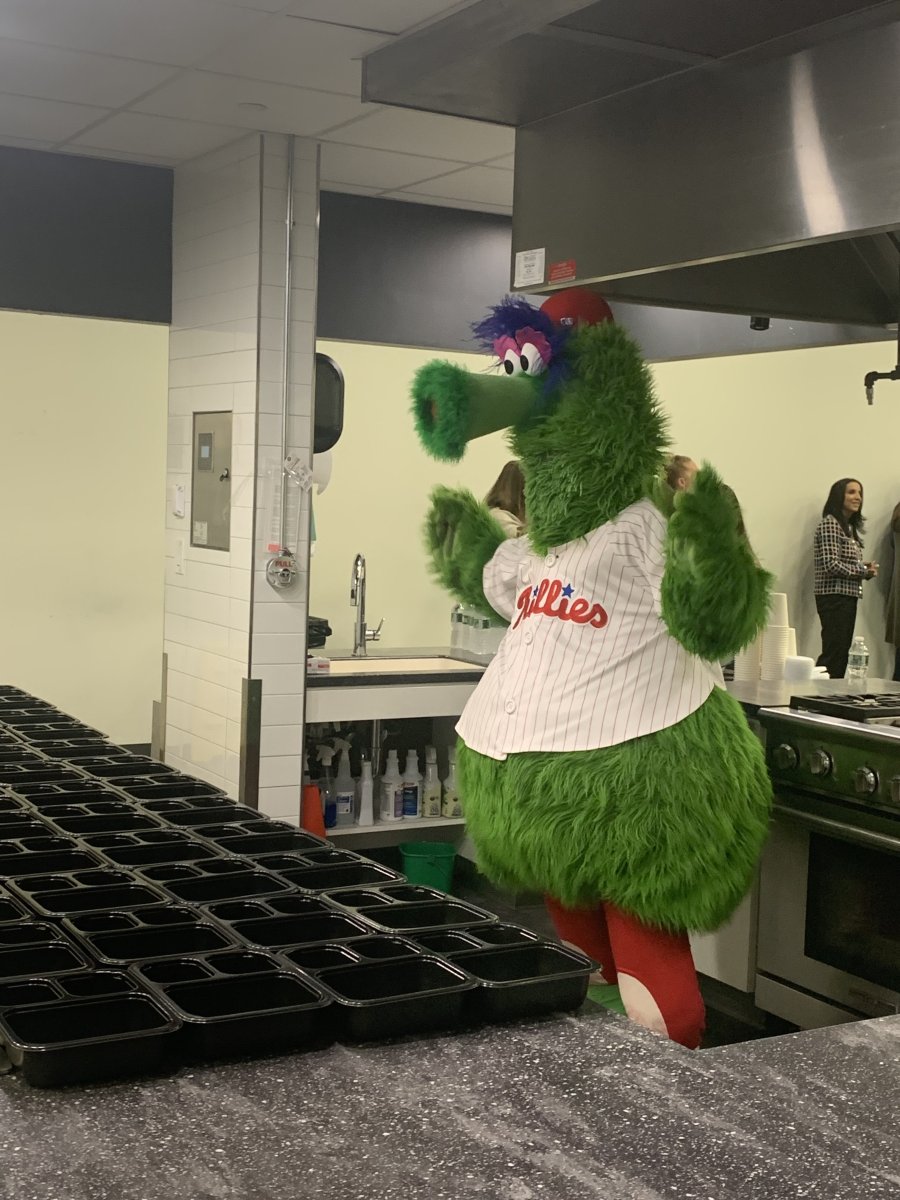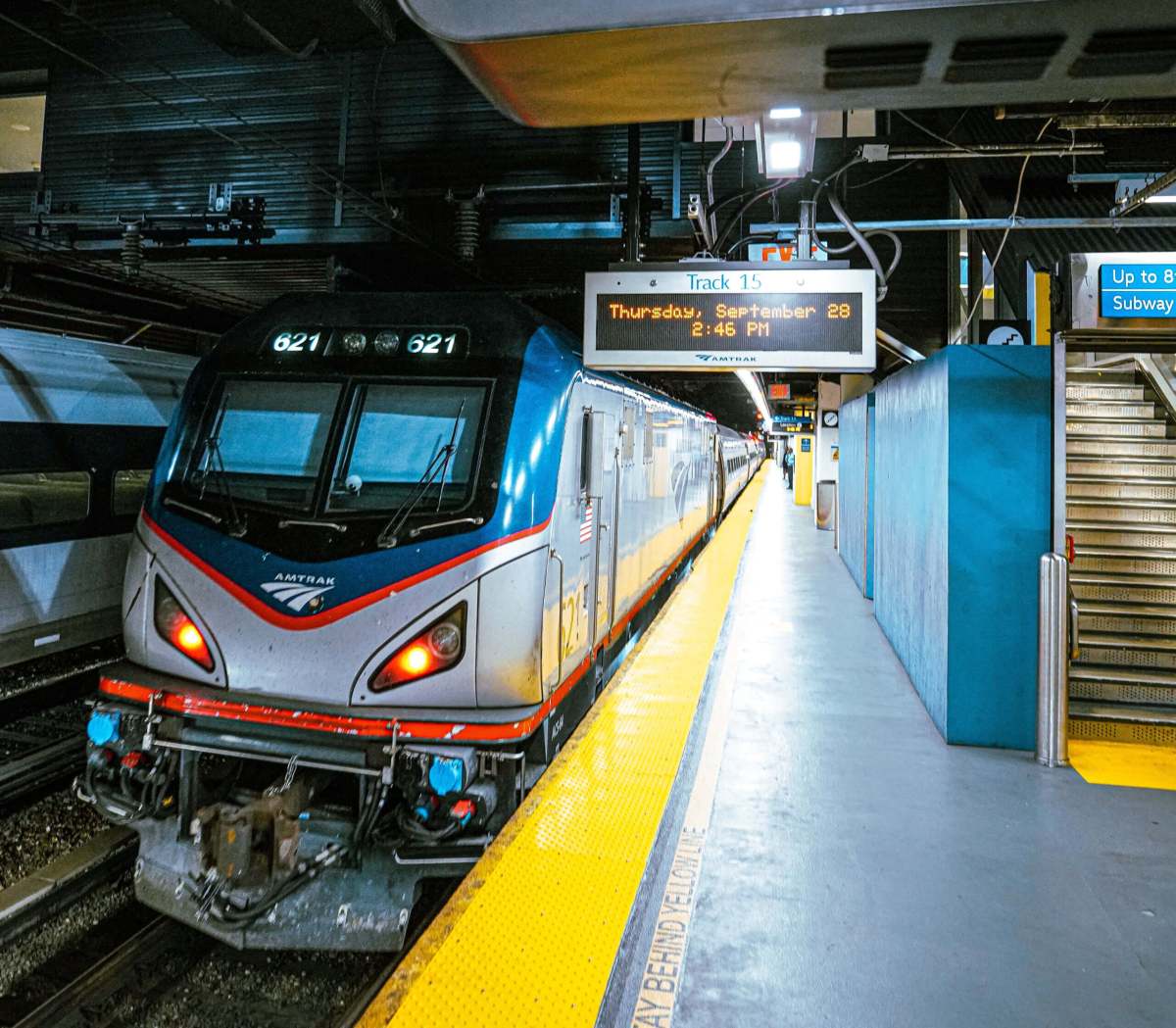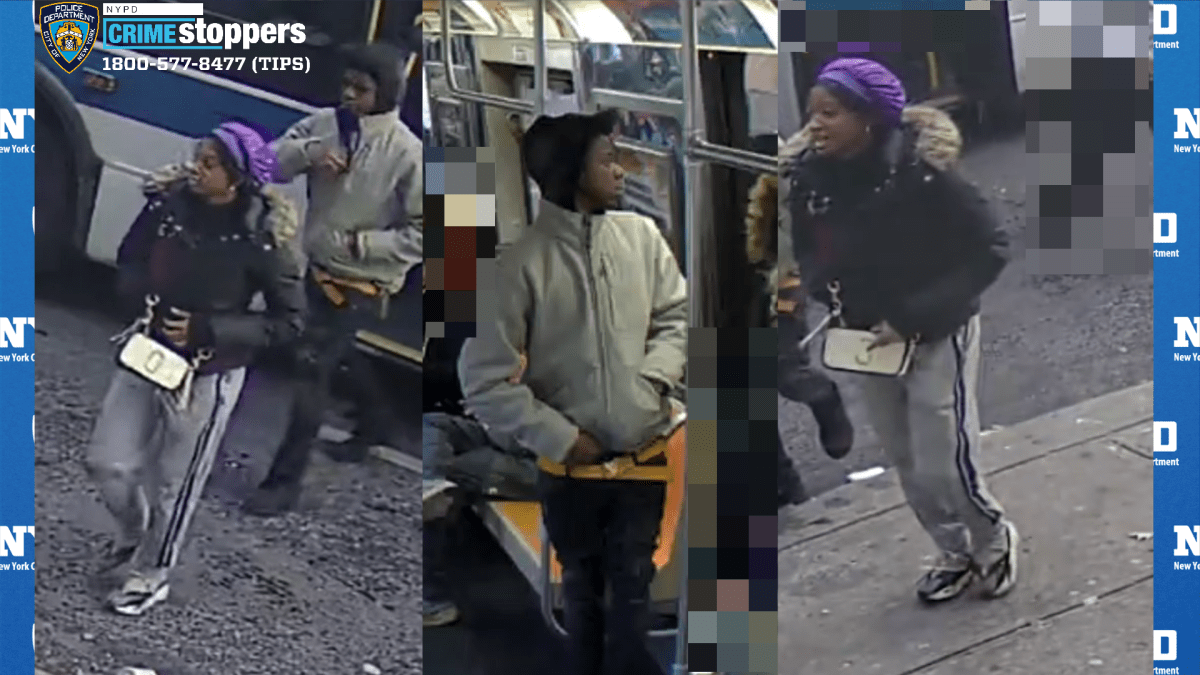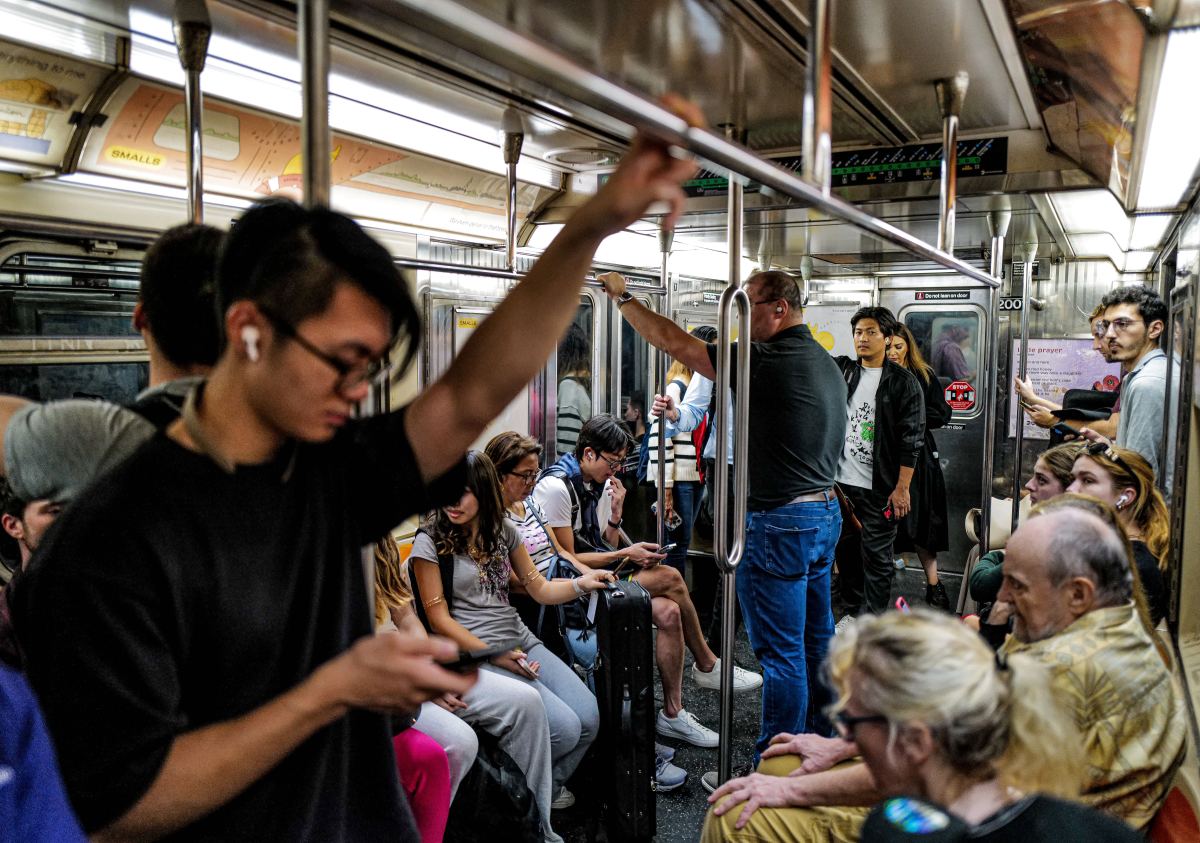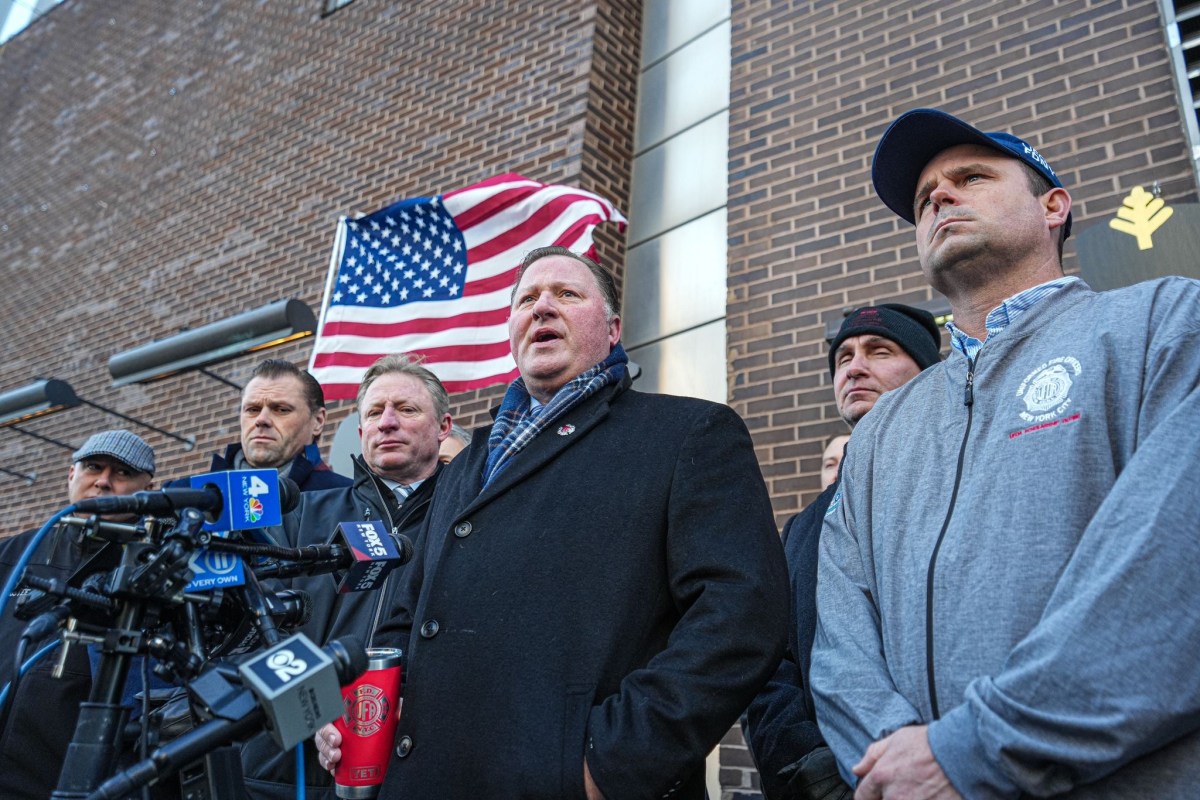NEW YORK (Reuters) – Ten U.S. governors on the east and west coasts banded together on Monday in two regional pacts to coordinate gradual economic reopenings as the coronavirus crisis finally appeared to be ebbing.
Announcements from the New York-led group of Northeastern governors, and a similar compact formed by California, Oregon and Washington state, came as President Donald Trump declared any decision on restarting the U.S. economy was up to him.
New York Governor Andrew Cuomo said he was teaming up with five counterparts in adjacent New Jersey, Connecticut, Delaware, Pennsylvania and Rhode Island to devise the best strategies for easing stay-at-home orders imposed last month to curb coronavirus transmissions.
Massachusetts later said it was joining the East Coast coalition.
“Nobody has been here before, nobody has all the answers,” said Cuomo, whose state has become the U.S. epicenter of the global coronavirus pandemic, during an open conference call with five other governors. “Addressing public health and the economy: Which one is first? They’re both first.”
The three Pacific Coast states announced they, too, planned to follow a shared approach for lifting social-distancing measures, but said they “need to see a decline in the rate of spread of the virus before large-scale reopening” can take place.
SAFETY AND HEALTH FIRST
The 10 governors, all Democrats except for Charlie Baker of Massachusetts, gave no timeline for ending social lockdowns that have idled the vast majority of more than 100 million residents in their states.
But they stressed that decisions about when and how to reopen non-essential businesses, along with schools and universities, would put the health of residents first and rely on science rather than politics.
The announcements came as signs emerged that the crisis had peaked. At least 1,500 new U.S. fatalities were reported on Monday, below last week’s running tally of roughly 2,000 deaths every 24 hours. Likewise, the number of additional confirmed cases counted on Monday, about 23,000, was well below last week’s trend of 30,000 to 50,000 new cases a day.
Cuomo, whose state accounts for the largest number of cumulative deaths, over 10,000, said on Monday “the worst is over” for his state.
Governors of at least two other hard-hit states – John Bel Edwards of Louisiana and J.B. Pritzker of Illinois, both Democrats – also disputed the notion that authority to lift or modify their stay-at-home orders rested with anyone but them.
Pritzker said reopening his state may occur in stages and be accompanied by new face-covering requirements in public places and workplace capacity limits. “The most important thing is safety and health,” he said.
Trump, a Republican who before the pandemic had touted a vibrant U.S. economy as a pillar of his November re-election bid, has pressed repeatedly in recent weeks for getting Americans back to work soon. Ahead of the governors’ announcement on Monday, he insisted he had unilateral authority for ending the lockdowns that have strangled the U.S. economy, throwing at least 17 million Americans out of work in just three weeks.
Legal experts say the president has limited power under the U.S. Constitution to order citizens back to their places of employment, to require cities to reopen government offices and transportation, or to order local businesses to resume.
Pressed on the question of whether governors or the federal government would make the decision to re-open shuttered schools and businesses, Trump insisted he had ultimate authority.
“The president of the United States calls the shots,” Trump told a White House briefing after the announcements by the governors, reiterating a stance he expressed earlier in the day on Twitter. “With that being said, we’re going to work with the states,” Trump told reporters.
“They can’t do anything without the approval of the president of the United States,” Trump went on. “When somebody is the president of the United Sates, the authority is total, and that’s the way it’s going to be. … The governors know that.”
He offered no specifics backing his assertion of authority over the states nor any details of plans to relax social distancing rules.
Political leaders said a reopening of the economy may hinge on more widespread testing to better determine the full extent of infections and cautioned that lifting stay-at-home orders prematurely could reignite the outbreak.
The Trump administration has signaled May 1 as a potential date for easing the restrictions.
DEATH TOLL TOPS 23,500
The U.S. death toll from COVID-19, the highly infectious lung disease caused by the virus, topped 23,600 on Monday, out of more than 581,000 known U.S. infections, according to a Reuters tally. The United States, with the world’s third-largest population by country, has recorded greater loss of life from COVID-19 than any other nation.
Wyoming reported its first death from the coronavirus on Monday, the final U.S. state to report a fatality.
An influential University of Washington research model this week raised its U.S. mortality forecasts on Monday to nearly 69,000 deaths through Aug. 4, up from 61,500 projected last week, assuming that social-distancing measures remain in place.
The university’s Institute for Health Metrics and Evaluation said higher death tolls now projected in Massachusetts and New York state accounted for part of the upward revision.
Regardless of the death toll, continued difficulties in ramping up diagnostic testing pose a major hurdle for public health experts in determining at what point it is safe enough to relax social distancing measures.
New York City Health Commissioner Dr. Oxiris Barbot acknowledged a “tightening” of the supply chain for the nasal swabs needed in coronavirus testing, and said it was part of a “national and international challenge” to ramp up testing.
(Reporting by Maria Caspani and Jessica Resnick-Ault in New York; Additional reporting by Doina Chiacu and Lisa Lambert in Washington, Nathan Layne in Wilton, Connecticut, and Dan Whitcomb in Los Angeles; Writing by Grant McCool; Editing by Bill Tarrant, Cynthia Osterman, Leslie Adler and Gerry Doyle)

